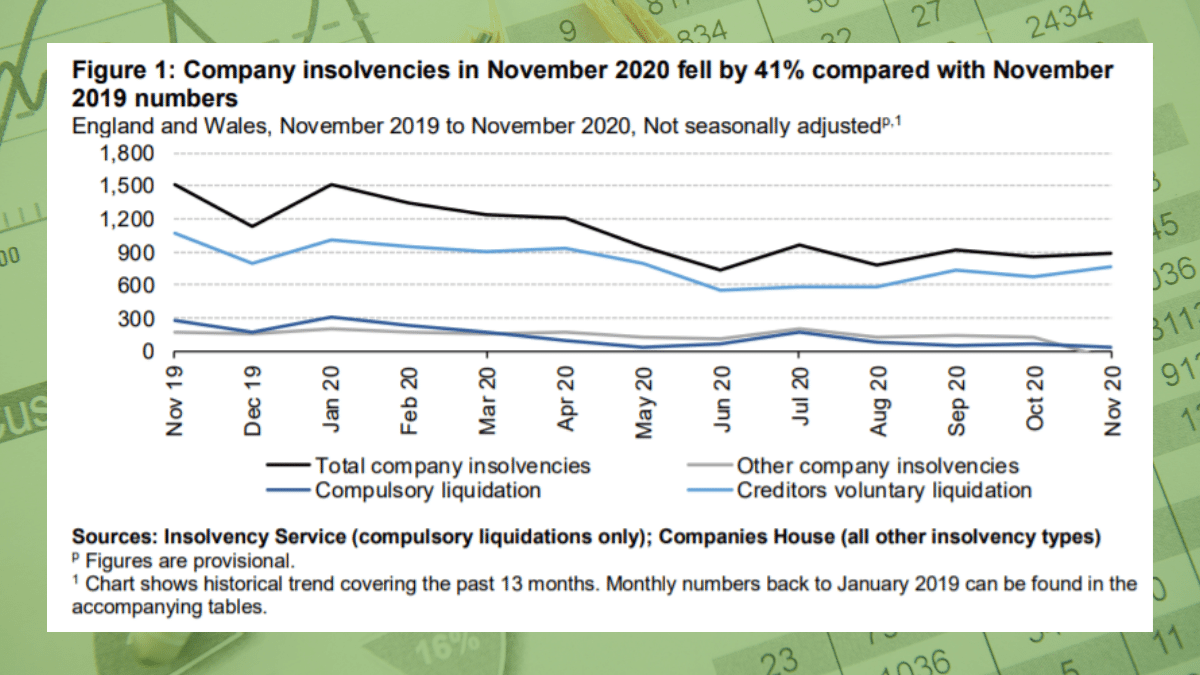Some Of Insolvency Practitioner
Some Of Insolvency Practitioner
Blog Article
Unknown Facts About Insolvency Practitioner
Table of ContentsThe Greatest Guide To Insolvency PractitionerSome Known Facts About Insolvency Practitioner.Excitement About Insolvency PractitionerInsolvency Practitioner Fundamentals ExplainedWhat Does Insolvency Practitioner Mean?The Greatest Guide To Insolvency PractitionerInsolvency Practitioner Can Be Fun For Everyone
Insurance coverage is kept an eye on and managed by state insurance policy divisions, and one of their key goals is protecting insurance holders from the threat of a company in monetary distress. When a company goes into a period of monetary difficulty and is not able to fulfill its responsibilities, the insurance coverage commissioner in the company's home state launches a processdictated by the laws of the statewhereby initiatives are made to aid the company restore its monetary footing.If it is established that the company can not be rehabilitated, the business is stated insolvent, and the commissioner will certainly ask the state court to purchase the liquidation of the firm. The insurance coverage commissioner, either assigned by the governor or elected, heads the state insurance department and screens and controls insurance activity within the state.
[Back] By getting control of a business, the commissioner (or the insurance division) is, by law, the rehabilitator or liquidator of the firm. In this ability, the commissioner or division takes control of the business's operations. Instead than do so directly, the commissioner might keep a special deputy receiver to oversee the business's activities.
The Best Strategy To Use For Insolvency Practitioner
The receiver manages an audit of the business's properties and liabilities and administers the estate of the firm. In doing so, the receiver seeks to take full advantage of the company's possessions, move them to money, and afterwards disperse that cash to financial institutions having legitimate claims against the insurance company based on payment concerns specified by state law (in all states, insurance policy holders are priority plaintiffs whose claims are paid before those of basic lenders).
All insurer (with minimal exemptions) licensed to sell life or medical insurance or annuities in a state should be participants of that state's warranty association. The guaranty association accepts the commissioner and the receiver in pre-liquidation preparation. Once the liquidation is bought, the warranty organization gives insurance coverage to the company's insurance holders who are state locals (up to the levels defined by state lawssee listed below; any type of advantage quantities over the warranty asociation advantage levels end up being claims versus the company's staying possessions).
The above protection degrees apply individually for each financially troubled insurance provider. When an insurance firm stops working and there is a shortfall of funds needed to satisfy the commitments to insurance policy holders, state warranty associations are activated. Warranty organizations have subrogation legal rights to a proportionate share of the properties continuing to be in the failed insurance company.
Some Known Details About Insolvency Practitioner

NOLHGA develops a task pressure of depictive guaranty associations to function with the insurance coverage commissioner to create a strategy to shield policyholders. For additional information on NOLHGA's duty at the same time, see "What Is NOLHGA?" and "The Safeguard at the workplace." [Back]
You are here: Insolvency is when a business or individual can't pay financial obligations when they schedule. There are a number of options available to a financially troubled business or individual: ASIC regulates firms, it does not take care of personal bankruptcy treatments. To find out more about insolvency and individual bankruptcy arrangements, check out the Australian Financial Safety Authority website.
Insolvency Practitioner - Questions
Anticipating security by helping you select the appropriate customers and the appropriate markets to avoid uncollectable loan to begin with, many thanks to severe economic analysis - Insolvency Practitioner. Extensive market read the article knowledge, offering you with 360-degree presence on company markets and putting in jeopardy difficulties. It would be a simplification to assume a trade credit insurance coverage starts and ends with costs and pay-outs
This can take place for a variety of reasons, including bad economic management, unforeseen prices, or an adjustment out there. If a company is insolvent, it may be required to shut down or sell off assets to pay financial institutions. This can have a major the original source effect on business, staff members, and shareholders.
It can result in job losses, property sales, and even personal bankruptcy. It is necessary to recognize exactly how business insolvency works and just how it can influence your business. Why does a business become part of bankruptcy? There are a variety of reasons a company may get in right into bankruptcy. One of the most usual reason is that the company is not able to pay its financial obligations as they drop due.
Not known Factual Statements About Insolvency Practitioner
Other reasons for insolvency include fraudulence, mismanagement, and unanticipated costs. When a company becomes insolvent, its assets are made use of to repay its debts. This can have a major effect on the company, as it might no more be able to proceed operating. Insolvency can also bring about work losses and the closure of organizations.
The firm may be compelled to offer properties, lay off staff or also shut down. Financial institutions might be left out of pocket and the company's shareholders may see their financial investment disappear.
This can happen for a variety of factors, including bad financial management, unanticipated prices, or a change in the market. If a company is bankrupt, it might be compelled to fold or market off properties to pay lenders. This can have a major effect on the service, employees, and shareholders.
Rumored Buzz on Insolvency Practitioner
It can result in task losses, possession sales, and also insolvency. It is necessary to understand how company insolvency works and exactly how it can influence your service. Why does a firm become part of bankruptcy? There are a number of factors why a firm may become part of insolvency. One of the most typical factor is that the firm is not able to pay its financial obligations as they drop due.
Other factors for bankruptcy include scams, mismanagement, and unexpected expenses. Bankruptcy can also lead to job losses and the closure of services.
Insolvency Practitioner Things To Know Before You Get This

Report this page